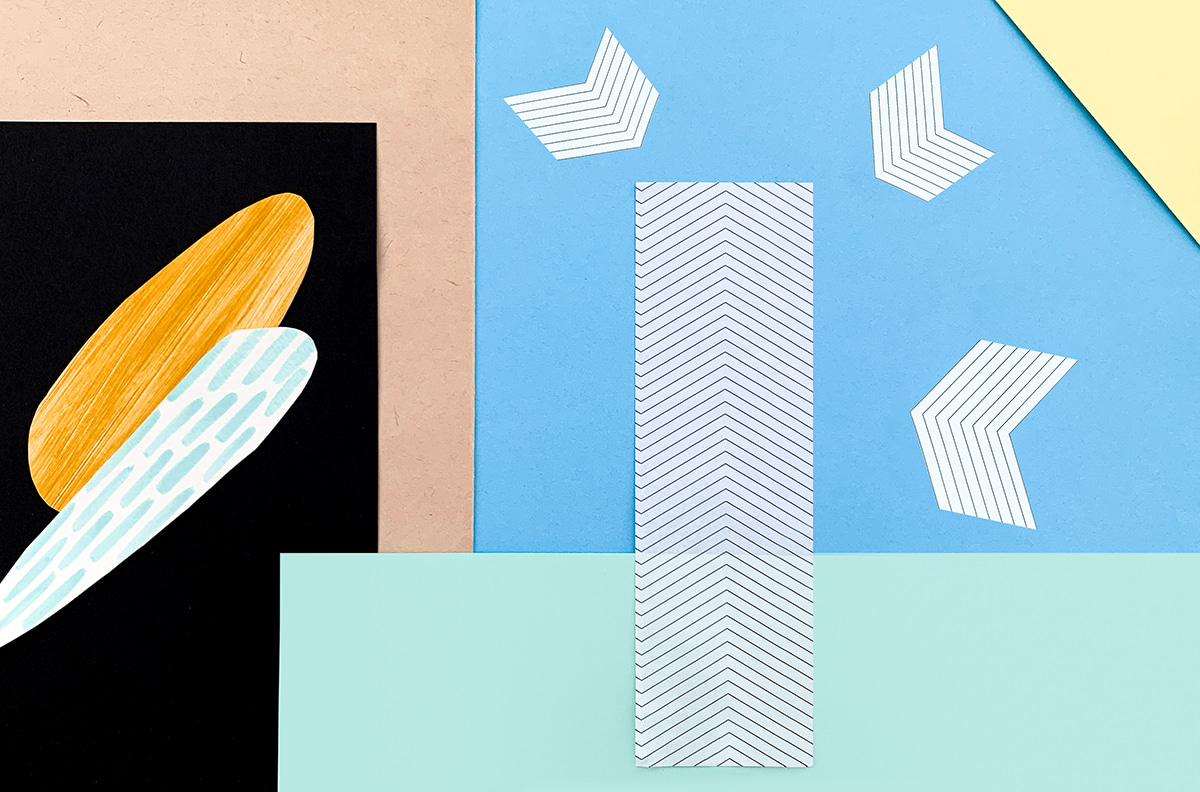
Our website uses cookies
In order to give you a better service Wallco uses cookies. By continuing to browse the site you are agreeing to our Privacy Policy

In order to give you a better service Wallco uses cookies. By continuing to browse the site you are agreeing to our Privacy Policy

Regardless of what surface you are about to wallpaper, you want your wallpaper to cover the whole area of your wall (or ceiling). This is why you should pay special attention to applying your wallpaper along the four edges of your wall (along the ceiling, floor, and both vertical corners). To make sure this is done properly, you want your wallpaper to overlap over the wall’s edges while it’s being hung. This is almost always done at the top and bottom of the wall, meaning each wallpaper strip has to be longer than the height of the wall.
If your wallpaper is a repeating pattern, you’ll most likely use scissors to divide your wallpaper rolls into multiple strips. You’ll want to cut each strip a bit longer than the height of your wall (since you likely can’t use scissors to make a perfectly straight cut). The resulting strip will therefore be at least a couple of centimeters longer than the height of your wall and this is usually enough (just make sure each of your strips matches with the previously cut strip).
Another thing people often do is hang the wallpaper with overlaps over the left and right edges of the wall. This is a bit more complicated because of how much longer these two edges are. First of all, you really can’t avoid this with the last strip of your wallpaper (even if you want to continue wallpapering the neighboring wall), since dividing the width of your wall by the width of your strip does not give you a whole number. It’s also likely this overlap will be too long (more than the couple of centimeters you are aiming for), in which case you will shorten the strip’s width by cutting it into two parts along its length.
With the first strip, you have a choice and it’s quite common to not overlap this strip. This is all assuming you start wallpapering from one of the corners of the wall (the likely scenario).
1. When the ceiling or floor of the wall is not perfectly even (for example the wall’s height near the left corner is 250 cm and near the right corner 251 cm). In this case, if you’d choose to wallpaper without the print overlapping the wall’s top and bottom edges, you would end up with a narrow horizontal gap of the wall not covered by wallpaper.
2. When one of the corner edges isn’t perfectly vertical or the surface of the wall isn’t perfectly flat. This can cause narrow vertical gaps along the corner edges.
Unfortunately, uneven wall surfaces are a common issue even in newly-built homes as many people find out when hanging wallpaper. That’s why we recommend wallpapering with the print overlapping over the wall’s edges. After you apply the wallpaper strip on the wall, you trim the overlap off along the wall’s edge using a straightedge and a sharp craft knife. If, for some reason, you do end up with parts of the wall along the top edge not covered by wallpaper you can, for example, hide it under a molding.
When you purchase one of our wall murals, your wallpaper will include adequate overlaps for better installation. The overlaps will be visualized in the preview image of your wall mural and can be adjusted if necessary. Once your mural arrives it will come with a product sheet that will include all the relevant information.
